
30 Years: A History of IMPACT
1986
Partnership Africa Canada Established
Canada announces the “Africa 2000” fund to support grassroots African organizations and address the root causes of poverty. Partnership Africa Canada (PAC)—today IMPACT—launches as a coalition of Canadian civil society groups, tasked with disbursing $75 million over five years from the Canadian International Development Agency (CIDA) for long-term development projects in Africa and to promote partnerships between non-profits in Africa and Canada.
1986
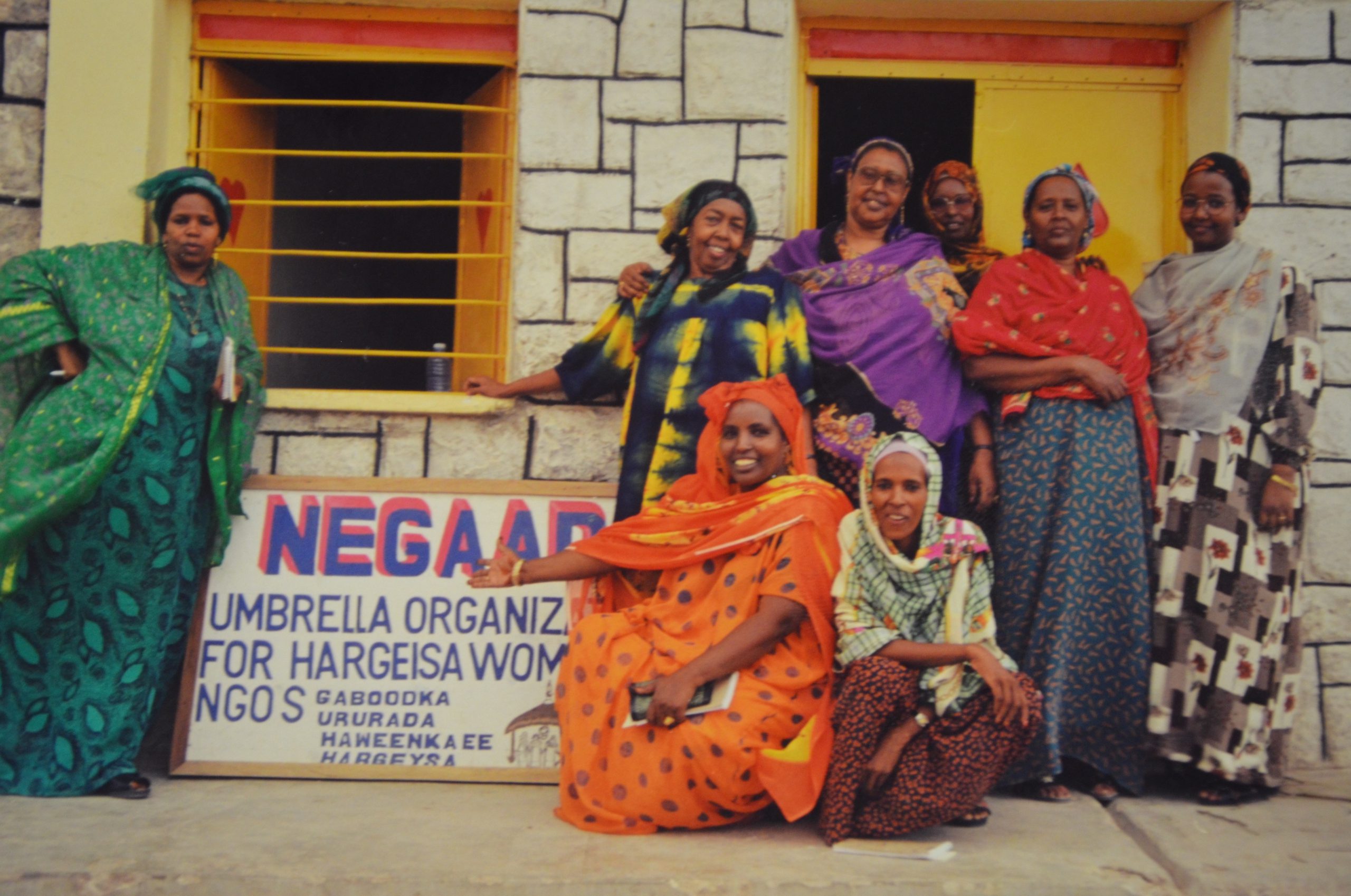
1990
Partnership Africa Canada Grows
The coalition grows to 91 voting members and 28 observers, and the Board of Directors has opened to African members to ensure voices from all stakeholders are integrated. By the start of PAC’s fourth year of activities, $47 million has been committed to projects, with 136 overseas projects approved—59 of which have components in both Africa and Canada—and 132 projects within Canada. Canadian projects focus on educating Canadians on development issues in Africa.
1990

1991
Second 5-Year Funding Mandate From CIDA Announced
PAC announces its second $75 million five-year funding mandate from the Canadian International Development Agency. The coalition develops its first long term strategic plan that promotes strengthening internal governance of organizations, popular participation, gender, and the environment.
1991
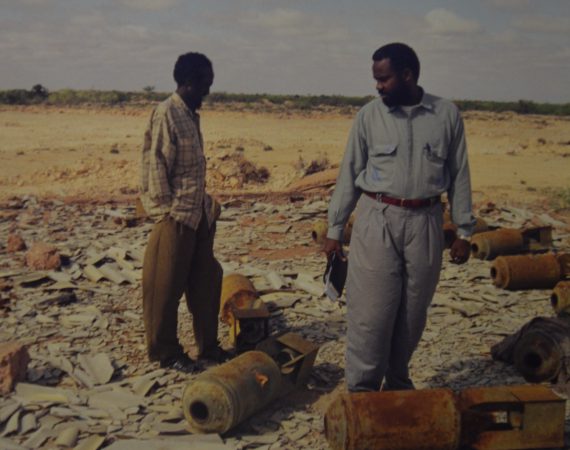
1993
Partnership Africa Canada Becomes An Independent Non-Profit
PAC legally transitions from a coalition based at the Canadian Council for International Cooperation to an independent non-profit organization. By the end of the year, PAC approves almost $30 million for projects and has 112 voting members and 25 observers.
1993
1994
CIDA Cuts Funding For Partnership Africa Canada
With the threat of foreign aid budget cuts on the horizon, PAC publicly advocates to the Prime Minister and Members of Parliament to keep federal funding for development in Africa. Despite this, CIDA cuts funding for PAC. The following year, the PAC office closes its doors and staff are laid off.
1994
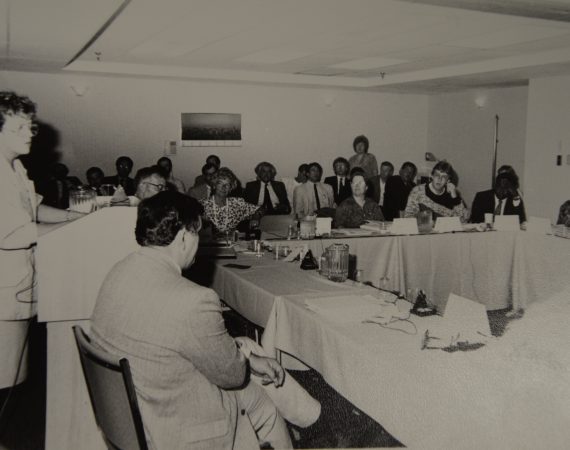
1996
Partnership Africa Canada Restructures
The organization restructures and shifts its strategy to support partners through research and policy solutions, including working through international forums. Consensus on PAC’s new structure and mission is reached at the Annual General Meeting. The new board structure provides equal space for Canadian and African members.
1996
1998
Partnership Africa Canada Opens Office In Ethiopia
PAC opens an office in Addis Ababa, Ethiopia to ensure African civil society have a central voice in the new PAC. The office is a hub to exchange information and ideas, strengthen the skills of members in policy dialogue, and offer training workshops. To inaugurate the office, PAC offers a workshop on strengthening collaboration at all levels to 20 grassroots partners from across Africa.
1998
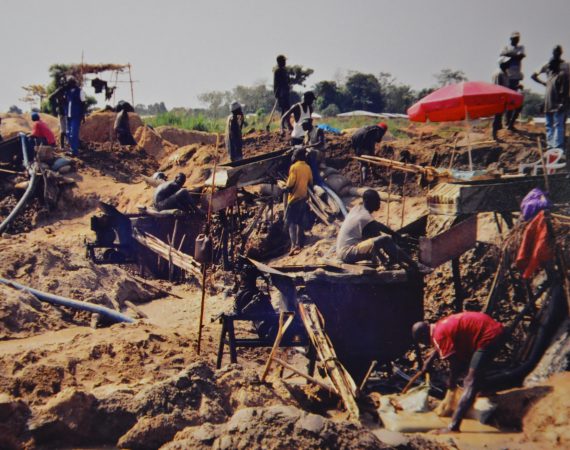
Partnership Africa Canada Begins Research On Diamonds In Sierra Leone
The Network for Justice and Development (NMJD) in Sierra Leone approaches PAC to co-investigate the root causes of the country’s protracted conflict, including the trade of diamonds. Thirteen groups—led by PAC’s research team—conduct the investigation, that will later have major economic, social, and political consequences for Sierra Leone, and globally.

2000
Partnership Africa Canada Publishes The Heart Of The Matter
PAC publishes, The Heart of the Matter: Sierra Leone, Diamonds, and Human Security, that for the first time connects diamonds with conflict financing. The report finds that rebel forces from Sierra Leone smuggle large quantities of diamonds to Liberia in exchange for weapons. The findings are covered across international media including BBC, New York Times, and Vanity Fair, and spark outrage amongst consumers.
2000
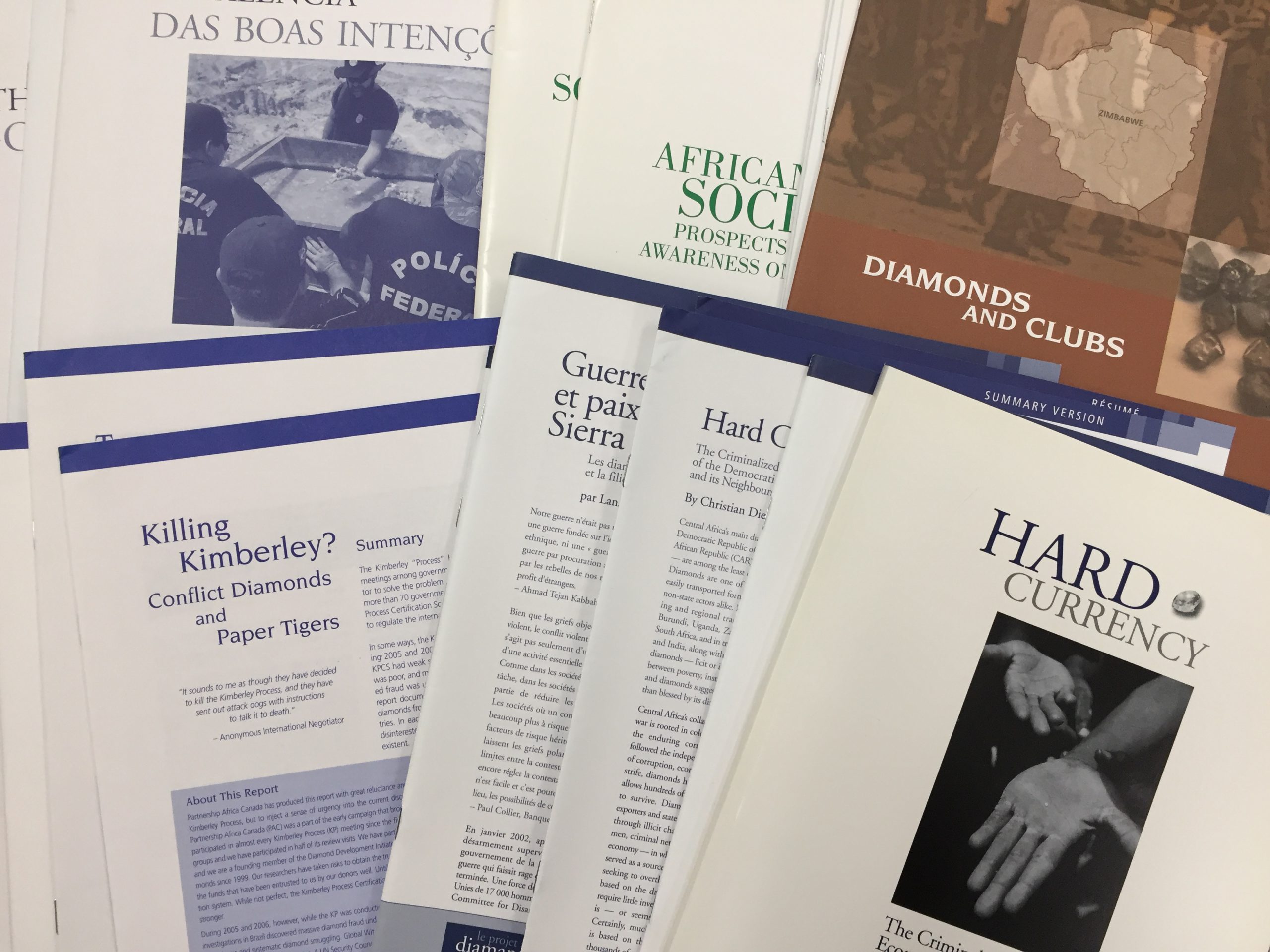
Partnership Africa Canada Begins Researching Mismanagement Of Natural Resources
PAC begins extensive research into human security, peace building, and the mismanagement of natural resources, in Africa and across the globe. Over the next decade, PAC goes on to publish over 30 reports in four languages. As its body of research grows, PAC becomes recognized as a leader in field-based research that provides actionable policy recommendations.
2002
Partnership Africa Canada Supports Civil Society Addressing Illicit Trade Of Natural Resources
The first African civil society coalitions emerge to address the illicit trade of natural resources. The Campaign for Just Mining in Sierra Leone, led by NMJD, presents recommendations to the government for reforming the mining sector. CENADEP in the Democratic Republic of Congo (DRC) organizes a workshop which leads to the creation of a national network of organizations to stop the plunder of DRC’s natural resources. PAC provides support and capacity-building to both.
2002
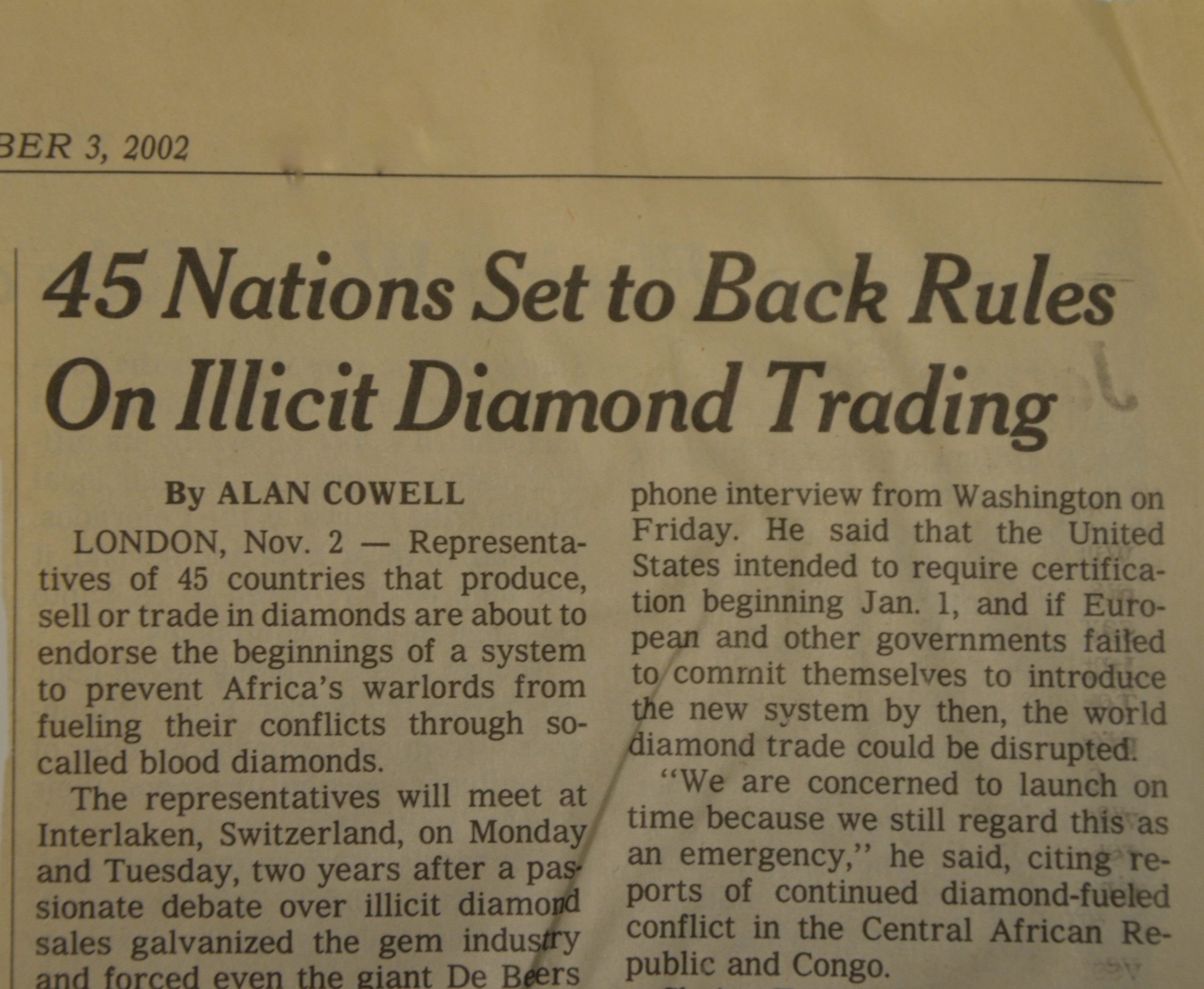
The Kimberley Process To End Trade Of Conflict Diamonds Is Signed
The Kimberley Process Certification Scheme (KPCS) is signed at Interlaken, Switzerland by over 50 governments, the diamond industry, and a small group of NGOs—including PAC. The Kimberley Process (KP) controls the trade of rough diamonds to ensure no conflict-diamonds enter the legal supply chain. PAC leads efforts to ensure the agreement is not only signed, but is credible and independently monitored.
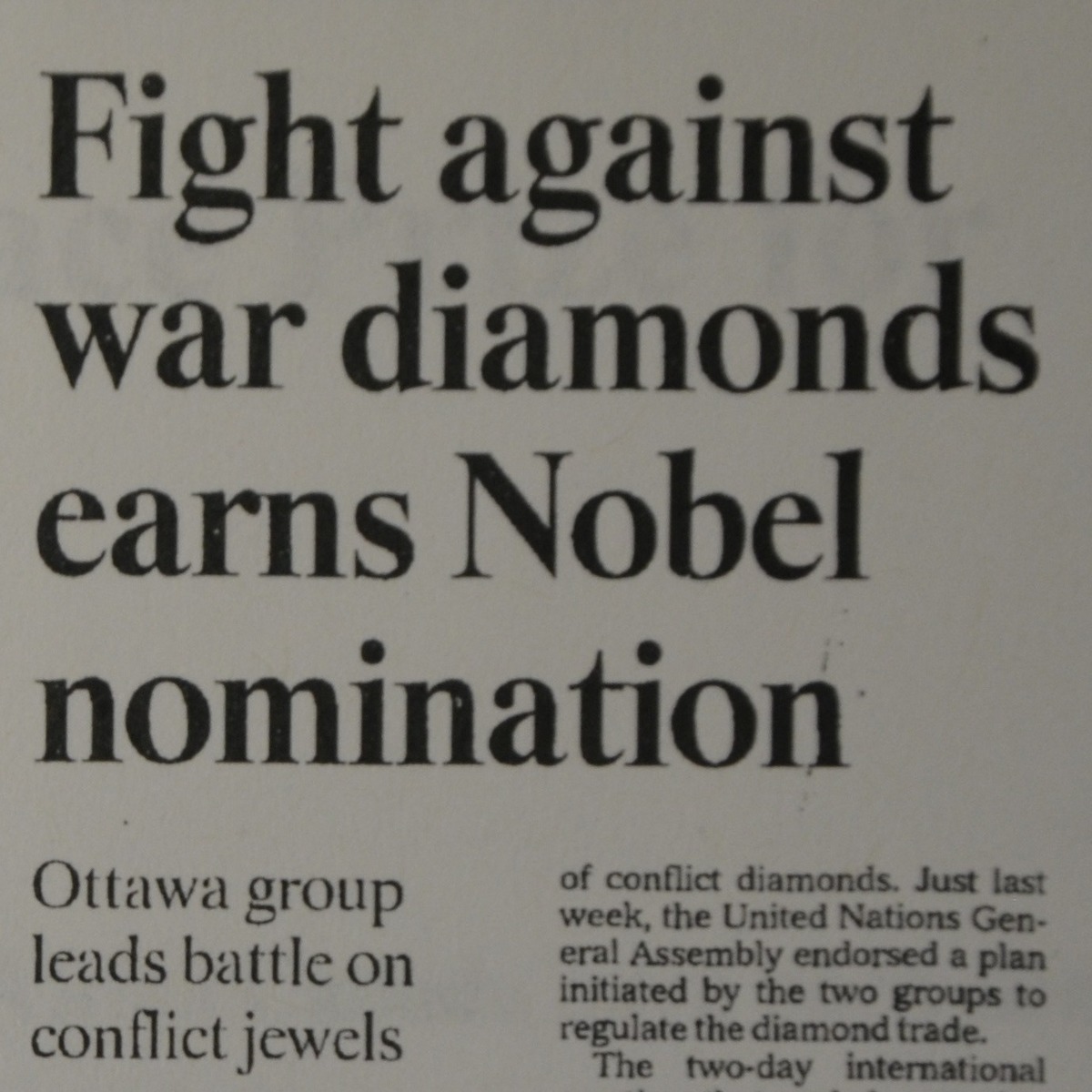
2003
Partnership Africa Canada Is Nominated For A Nobel Peace Prize
As the KPCS comes into force, PAC becomes a founding civil society member of the Scheme. American Senator Patrick Leahy and Congressmen Tony P. Hall and Frank R. Wolf co-nominate PAC for a Nobel Peace Prize for its efforts to end the trade of conflict diamonds.
2003
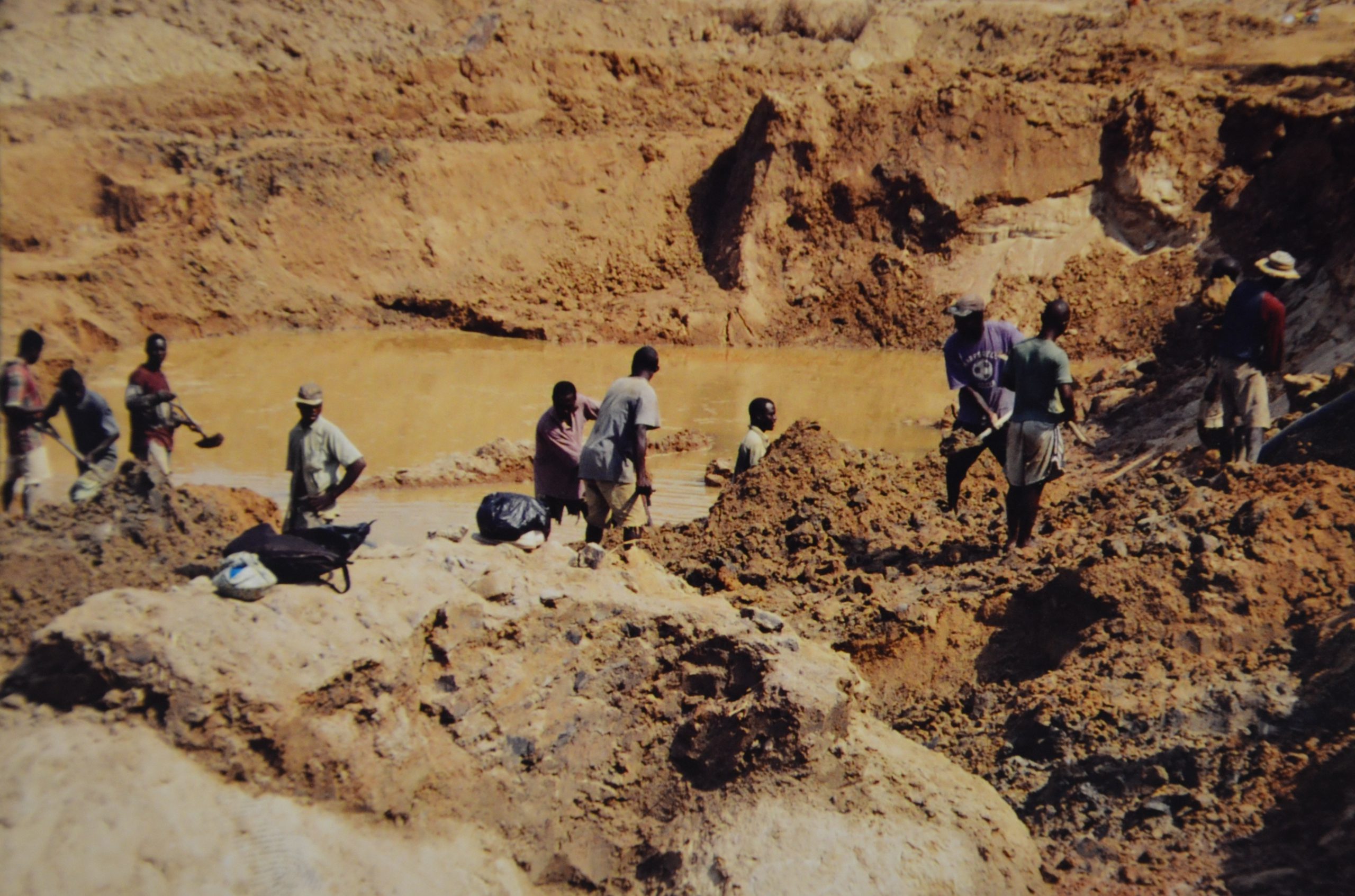
2005
Partnership Africa Canada Highlights Weaknesses Of KP In Artisanal Mining Contexts
Global Witness and PAC jointly publish Rich Man, Poor Man—a report that demonstrates weaknesses in the KP in the context of artisanal mining. The report provides recommendations for reform in the KP, and lays the foundation for a new PAC program that focuses on ensuring diamonds promote development for artisanal miners and their communities—Diamond Development Initiative (DDI). Two years later DDI becomes an independent non-profit organization with continued collaboration from PAC.
2005
2006
The ICGLR Heads Of State Sign The Pact For Security, Stability, And Development
The International Conference on the Great Lakes Region (ICGLR) Heads of State—Angola, Burundi, Central African Republic, Republic of Congo, Democratic Republic of Congo, Kenya, Uganda, Rwanda, Sudan, Tanzania, and Zambia—sign the Pact for Security, Stability and Development, implementing the Dar es Salaam Declaration, to address the root causes of conflict and constraints to development in the region. PAC begins advising the ICGLR on the development of a regional protocol to address the illicit exploitation of resources. PAC has supported civil society engagement with the IGCLR since its creation two years earlier.
2006
Partnership Africa Canada’s Research Leads To Venezuela’s Self-Suspension From KP
PAC publishes field-based research reports on the diamond trade in several countries, including Brazil, Venezuela, and Guyana. Findings from Venezuela reveal 100% of diamonds as illicit and the government is forced to suspend itself from the KP. In Brazil, findings lead police to suspend all diamond shipments from February to September.

2008
Partnership Africa Canada Launches Publish What You Pay-Canada
PAC launches Publish What you Pay (PWYP) Canada and hosts the group. The Coalition is part of a global network of civil society organizations that call for increased transparency in the extractive sector, domestically and internationally, to enable citizens to hold their governments to account for how their natural resource wealth is managed.
2008
Partnership Africa Canada Research Highlights Human Rights Abuses In Zimbabwe Diamond Mines
Together with other members of the KP Civil Society Coalition, PAC calls for Zimbabwe’s suspension from the KP. The call comes after investigations, including a PAC report, reveal human rights abuses committed by the government in the Marange diamond fields. The KP suspends sales from Marange until Zimbabwe is able to demonstrate improved accountability, security, and provide evidence that the diamonds from the area are conflict-free. PAC’s follow-up report in 2012 spotlights corruption and calls for accountability in mining contracts awarded at Marange. Zimbabwe’s President finally admits in 2016 that corruption and poor management has led to a $15 billion loss of diamond revenues for the country.
2010
Partnership Africa Canada Works With ICGLR To Develop Protocol On The Illegal Exploitation Of Natural Resources
Alongside local civil society, PAC continues to call for action on conflict minerals, and works with the ICGLR to develop the Protocol on the Illegal Exploitation of Natural Resources to end the trade of conflict-prone minerals. As a result of growing pressure from international advocacy groups, the US signs into law the Dodd–Frank Wall Street Reform and Consumer Protection Act. The Dodd-Frank Act requires all companies listed on the US stock exchange and Securities Exchange Commission to disclose whether the minerals they use are sourced in the Democratic Republic of Congo or neighboring countries, and if so how they ensure the profits of these minerals don’t benefit armed groups.
2010
PAC Contributes To The Development Of The OECD Due Diligence Guidance
The Organisation for Economic Co-operation and Development (OECD) Due Diligence Guidance for Responsible Supply Chains of Minerals from Conflict-Affected and High-Risk Areas is launched with recommendations for the private sector to help respect human rights in their mineral sourcing. PAC advises and contributes to the development of the Guidance, and is a member of the Multi-Stakeholder Steering Group to advance its implementation.
ICGLR Heads Of State Sign The Lusaka Declaration
11 ICGLR Heads of State sign the Lusaka Declaration, marking the formal approval of six tools to address the illegal exploitation and trade of high-value minerals linked to conflict in Africa’s Great Lakes Region: 3T (tin, tantalum, and tungsten) and gold. PAC begins its technical support to the ICGLR to implement these tools, a relationship that is formalized in a Memorandum of Understanding.
2011
Partnership Africa Canada Releases A Report Outlining Certification For 3TG In Great Lakes
PAC releases Taming the Resource Curse: Implementing the ICGLR Certification Mechanism for Conflict-prone Minerals to outline how regional certification for 3T and gold can succeed, based on lessons learned from other certification mechanisms including the KPCS. As implementation advances, the leading international electronics industry coalition announces that it will recognize ICGLR certification as a credible in-region mechanism for verifying the origin of high value minerals linked to conflict.
2011

2013
Partnership Africa Canada Supports Implementation Of The ICGLR Regional Certification Mechanism
PAC works with the ICGLR to move certification for conflict-prone minerals forward by drafting the Regional Certification Mechanism standards. The Mechanism and its standards, which will be adopted by all ICGLR Members, aligns with the OECD Due Diligence Guidance. After training from PAC on mining site inspections and export procedures, Rwanda issues its first ICGLR Regional Certificate, followed by the Democratic Republic of Congo in 2014.
2013
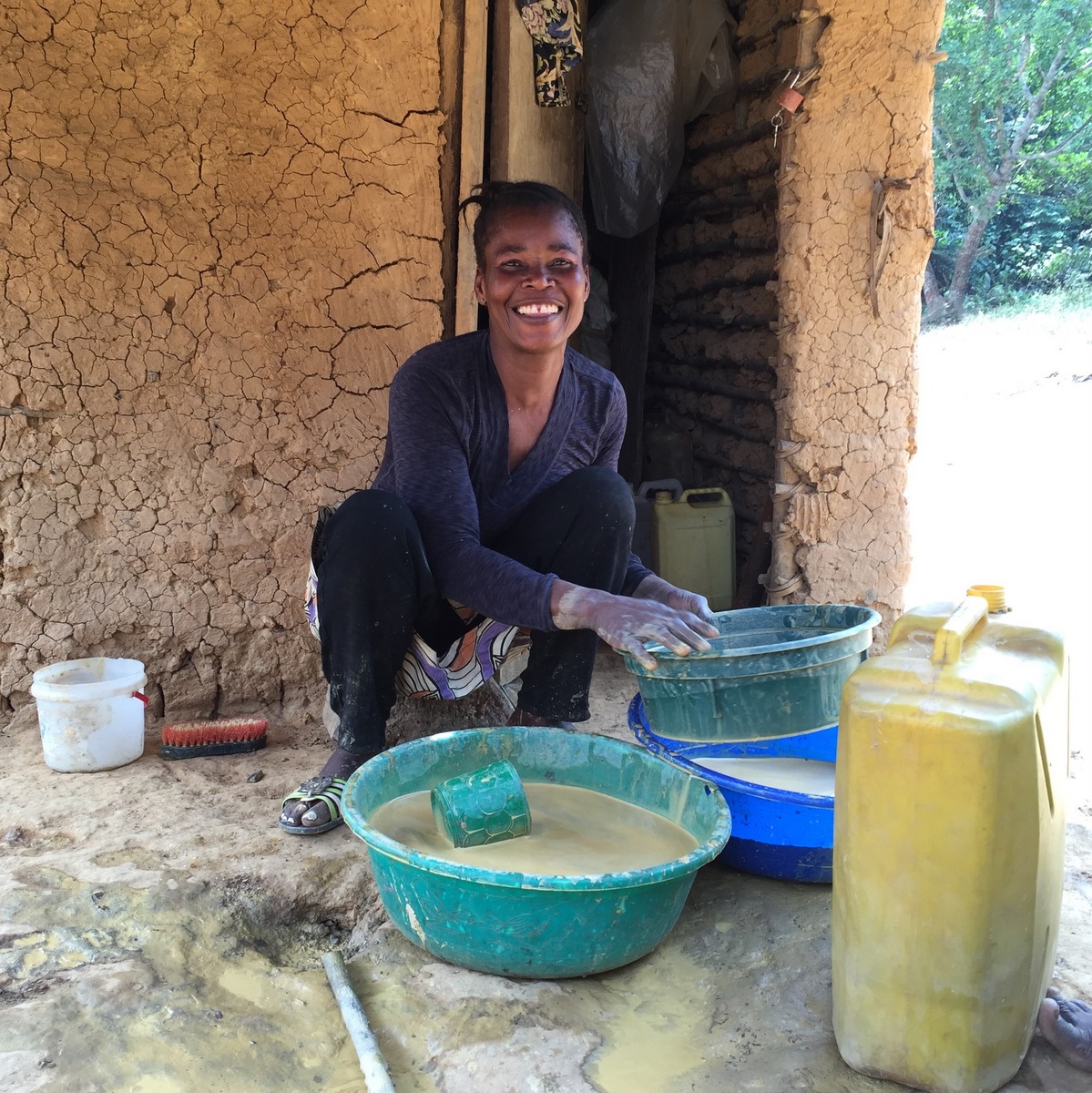
2014
Partnership Africa Canada Launches New Research Project On Women In Artisanal Mining
PAC launches a new research project in collaboration with Carleton University and Development Research and Social Policy Analysis Center (DRASPAC) in Uganda to examine the role of women in the artisanal mining sector in the Great Lakes region. The project is the first extensive, multi-country study on women’s role in the sector and contributes to PAC’s work to ensure gender is fully integrated in natural resource governance initiatives.
2014
Canada Passes The Extractive Sector Transparency Measures Act
After extensive campaigning by PWYP-Canada as well as dialogue with industry and policymakers, Canada passes the Extractive Sector Transparency Measures Act. The Act requires Canadian extractive companies to implement mandatory reporting requirements.
Partnership Africa Canada Highlights Loopholes In UAE’s Import Controls
PAC releases All that Glitters is not Gold: Dubai, Congo and the Illicit Trade of Conflict Minerals, one of the first investigations of the loopholes in the United Arab Emirates (UAE)’s import controls that permit smuggled gold to enter the legal supply chain. The report also examines the transfer pricing of African diamonds in Dubai.
The Mano River Regional Approach To Strengthen KP Compliance Launches
The Mano River Union Regional Approach to Kimberley Process Implementation launches in Sierra Leone, Côte d’Ivoire, Guinea, and Liberia. The group aims to harmonize policies among the countries and develop a harmonized strategy to end the illicit trade of diamonds in the region. PAC is a founding civil society member of the group and provides technical and strategic advice.
2015
Partnership Africa Canada Grows And Opens Offices In The Great Lakes
PAC opens offices in Uganda and Democratic Republic of Congo to support the work of its partners to promote natural resource governance in the Great Lakes region. PAC’s team also grows in Ottawa.
2015
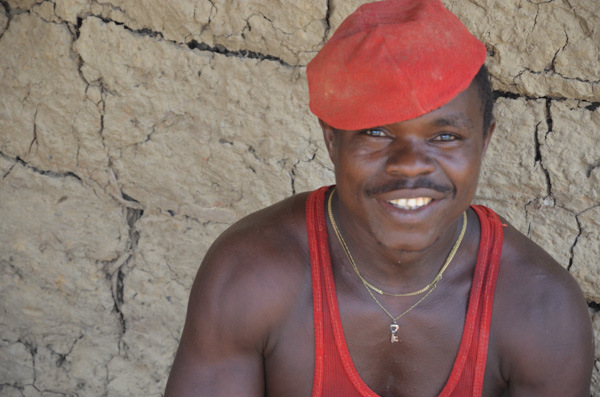
Partnership Africa Canada Launches Just Gold Project
PAC builds on an initial 2013 pilot and launches the Just Gold project, which aims to develop an equitable, autonomous, and sustainable system that brings legal, conflict-free and traceable gold from artisanal mine sites in the Democratic Republic of Congo to international markets. Just Gold is promoted as a model of due diligence implementation in DRC.
2016
The KP Civil Society Coalition Announces A Boycott Of The KP Chair
The KP Civil Society Coalition announces a boycott of the KP Chair—the United Arab Emirates—due to lenient internal controls and an antagonistic relationship towards civil society. For the first time in its history, civil society is not present at the KP Intersessional or the Plenary.
2016

2017
Introducing IMPACT
Celebrating 30 years, PAC undertakes a process of strategic reflection. After more than a year of consultations with staff, past and present Board Members, partners, and various stakeholders, the organization refines its identity—its mission, vision, and how its approach to natural resource management guides its work. Consultations also leave the organization with the largest transformation to date—a new name, reflecting the active change it’s making on the ground and international scope undertaken over the years. Three decades of expertise, partnerships, and research have shaped PAC into the organization it’s become today. Introducing IMPACT.
2017
